John Trumbull (1756-1843)
Get a John Trumbull (1756-1843) Certificate of Authenticity for your painting (COA) for your John Trumbull (1756-1843) drawing.
For all your John Trumbull (1756-1843) artworks you need a Certificate of Authenticity (COA) in order to sell, to insure or to donate for a tax deduction.
Getting a John Trumbull (1756-1843) Certificate of Authenticity (COA) is easy. Just send us photos and dimensions and tell us what you know about the origin or history of your John Trumbull (1756-1843) painting or drawing.
If you want to sell your John Trumbull (1756-1843) painting or drawing use our selling services. We offer John Trumbull (1756-1843) selling help, selling advice, private treaty sales and full brokerage.
We have been authenticating John Trumbull (1756-1843) and issuing certificates of authenticity since 2002. We are recognized John Trumbull (1756-1843) experts and John Trumbull (1756-1843) certified appraisers. We issue COAs and appraisals for all John Trumbull (1756-1843) artworks.
Our John Trumbull (1756-1843) paintings and drawings authentications are accepted and respected worldwide.
Each COA is backed by in-depth research and analysis authentication reports.
The John Trumbull (1756-1843) certificates of authenticity we issue are based on solid, reliable and fully referenced art investigations, authentication research, analytical work and forensic studies.
We are available to examine your John Trumbull (1756-1843) painting or drawing anywhere in the world.
You will generally receive your certificates of authenticity and authentication report within two weeks. Some complicated cases with difficult to research John Trumbull (1756-1843) paintings or drawings take longer.
Our clients include John Trumbull (1756-1843) collectors, investors, tax authorities, insurance adjusters, appraisers, valuers, auctioneers, Federal agencies and many law firms.
We perform John Trumbull art authentication, appraisal, certificates of authenticity (COA), analysis, research, scientific tests, full art authentications. We will help you sell your John Trumbull or we will sell it for you.
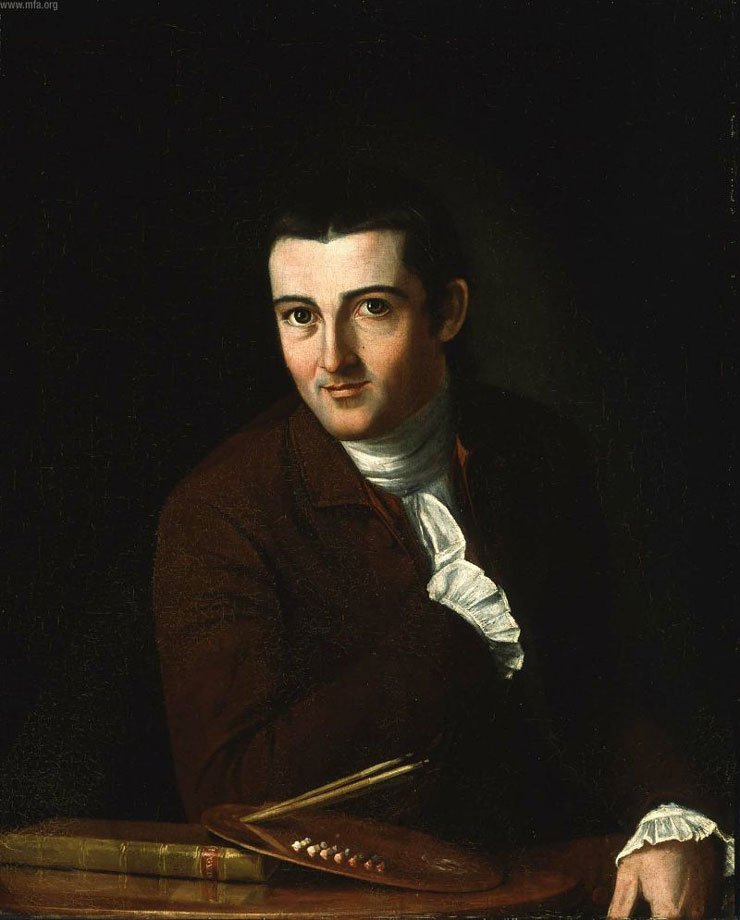
John Trumbull was an American Neoclassical painter during the time of the American Revolutionary War, known for his portraits and historical war scenes. Born in Connecticut, he was the son of Connecticut Governor Jonathan Trumbull. Some of his earliest studies were at Harvard University, where he was enrolled at the age of 15. Trumbull also fought in the Revolutionary War and took part in the Battle of Bunker Hill, and was also an aide to Washington.
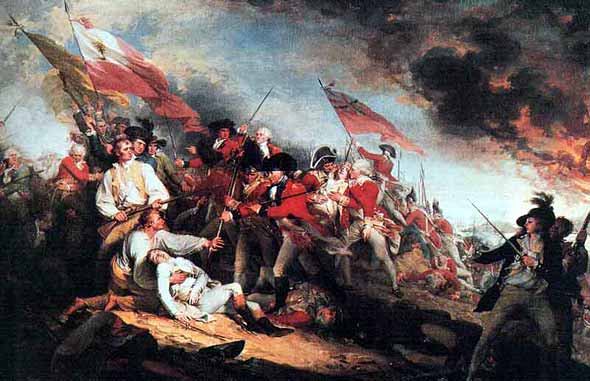
After his service in the war was over, like so many other artist of the day, Trumbull traveled to England to study under Benjamin West. During this time, Trumbull also briefly visited Paris and was briefly imprisoned in London for suspected treason. It was West’s influence that led Trumbull to paint small historical accounts of the battle scenes from the war. West also influenced Trumbull to paint miniature portraits, of which there are some 250 known today.
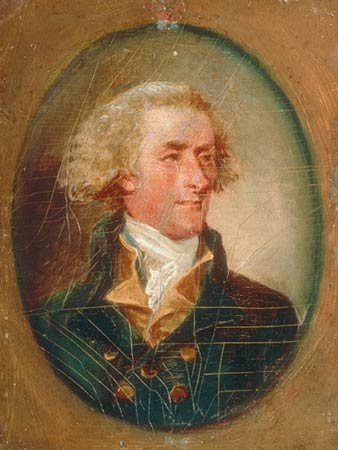
Upon his return to America, Trumbull found very little success as a painter. However, once the Senate commissioned him to create four large scale war paintings, his career took off. These four paintings now hang in the Capitol Building. It is also said that President Thomas Jefferson encouraged Trumbull to continue to paint national history scenes.
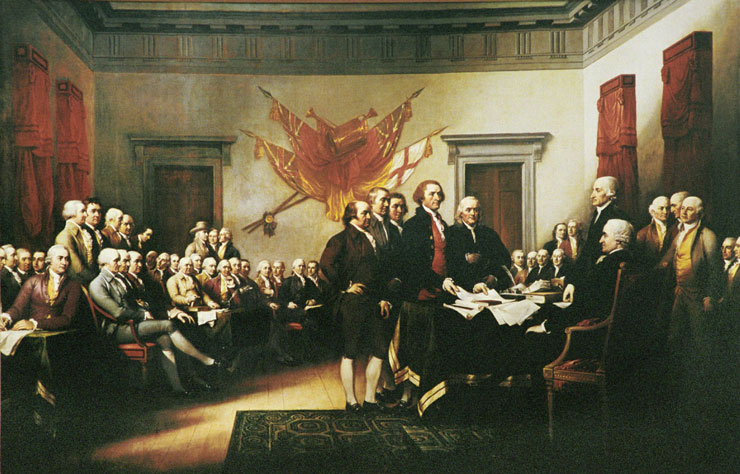
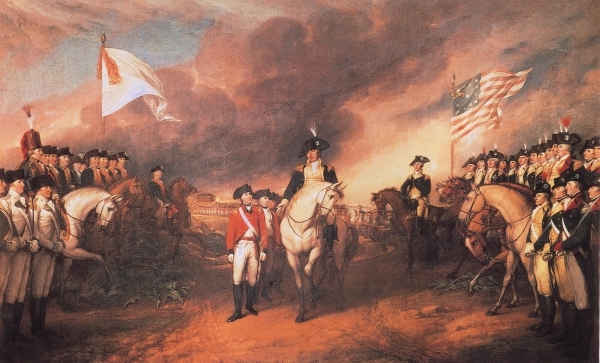
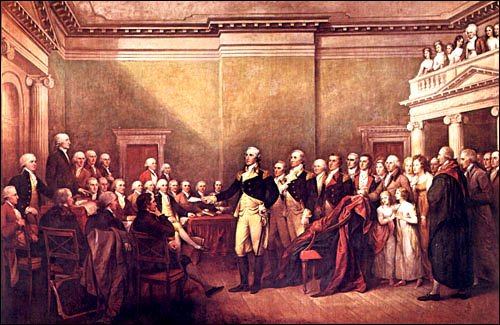

As a young boy, Trumbull had been blinded in one eye, and despite failing eyesight, had a fairly long and prosperous career as an artist. Some art historians believe that perhaps the fact that Trumbull did not have full eye sight contributed to his success as a miniaturist painter. He was criticized throughout his career for continually failing talents as a painter, perhaps due to his eyesight, and often used black excessively in his paintings.
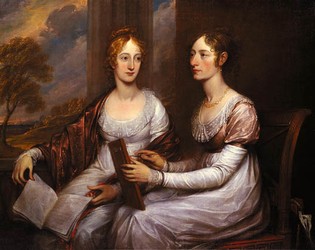

Trumbull also held many positions within art colleges and institutions. In 1805, he was appointed the president of the New York Academy of Fine Arts, and was elected vice president in 1808. The following year, Trumbull traveled again to London to seek treatment for his eye problems. He stayed in London until 1815, and during this time his paintings became very religious. Trumbull painted many large scale paintings with religious themes which were not very well-received by the British.
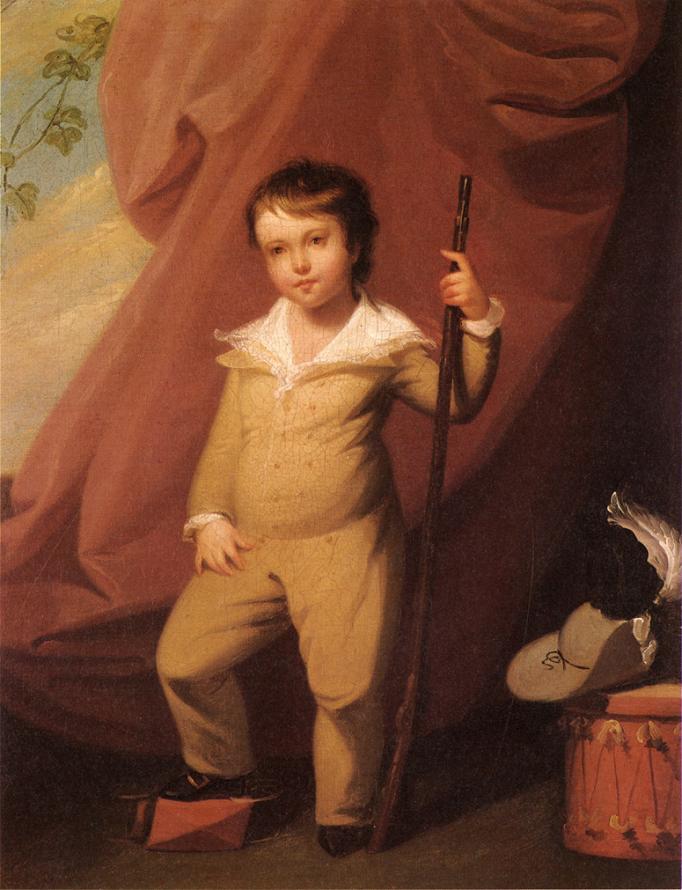
In 1815, Trumbull returned to America and was appointed the President of the American Academy of Arts; a position he held for 19 years. While he was the president, he exhibited some of his religious works with the Academy. However, it was said that he did not get along well with the students, and he began to lose his skill for painting. His students eventually rebelled against him and thus, founded the National Academy of Design.
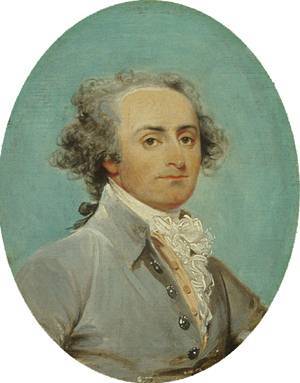
Trumbull died in New York City at the age of 88, and is buried beneath the Yale University Art Gallery. Part of the inscription on his tomb reads “To his country he gave his sword, and his pencil.” Besides his massive oeuvre of portraits, religious paintings and historical war scenes, Trumbull also penned an autobiography in 1841.
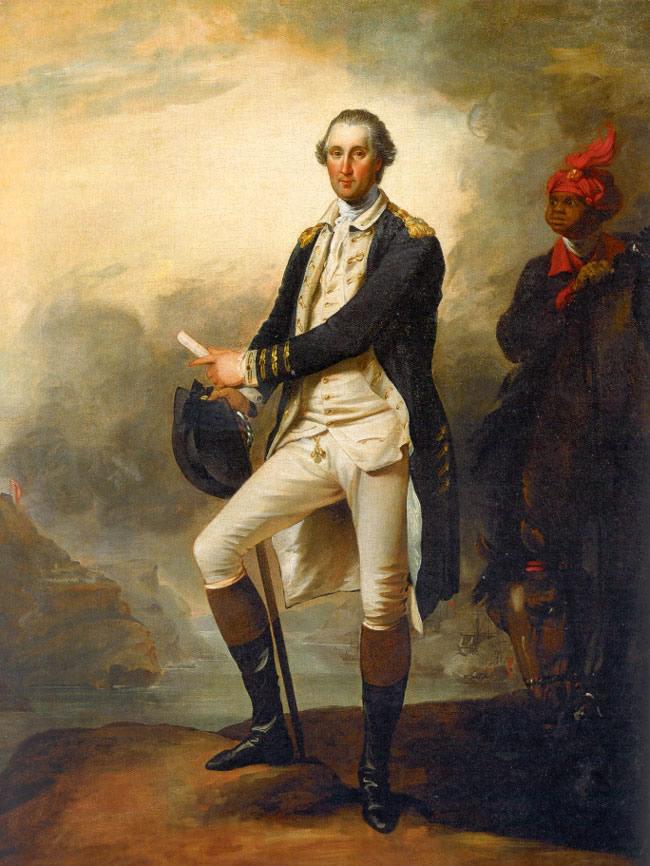
Today, his work is housed all over New England in private collections and many in government buildings.
Reviews
1,217 global ratings
5 Star
4 Star
3 Star
2 Star
1 Star
Your evaluation is very important to us. Thank you.
